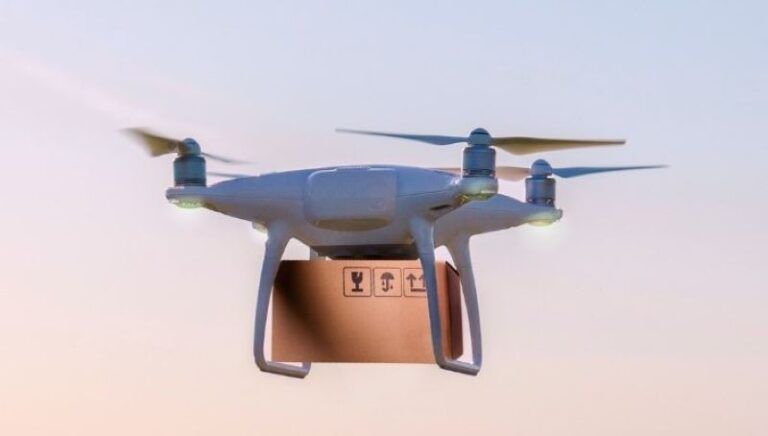UK regulator the Civil Aviation Authority has selected six projects for trials to test drone use in deliveries, infrastructure inspections, emergency services, and flights to remote locations.
The trials aim to safely integrate drones flying beyond visual line of sight (BVLOS) of their operator in UK airspace. BVLOS flights occur at distances beyond the operator’s visual range, utilizing advanced technologies for navigation, control, and aircraft detection.
The selected projects include:
- Amazon Prime Air for consumer drone deliveries
- Airspection for offshore windfarm inspections
- National Police Air Service (NPAS) for uncrewed aircraft use in policing
- NATS for BVLOS inspections over the North Sea
- Project SATE (Sustainable Aviation Test Environment) for flights to Orkney
- Project Lifeline for medical deliveries
The trials will gather safety data on drone detection and avoidance capabilities, electronic signaling, and visibility to other airspace users and air traffic control. The information will support the regulator’s ongoing development of policies and regulations for integrating drone flights with other airspace users.
Sophie O’Sullivan, director of future of flight at the Civil Aviation Authority (CAA) said, “These innovative trials mark a step forward in integrating drones safely into UK airspace. By supporting projects ranging from consumer deliveries to critical infrastructure inspections, we are gathering essential data to shape future policies and regulations.”
The BVLOS trials is part of a collaboration with government agency UK Research and Innovation (UKRI) to accelerate the introduction of advanced air mobility, drones, and electric sub-regional aircraft in the UK.
Simon Masters, Future Flight Challenge Deputy Director at UKRI said, “These have the potential to transform how we deliver goods and provide services, particularly in less well-connected regions. These new sandbox projects are a great step towards realising these ambitions.”
The trials will also contribute to the development of plans for safely integrating drones with other airspace users, aligning with the CAA’s broader Airspace Modernisation Strategy. The strategy, published in January 2023, outlines a vision for the future of UK airspace to deliver quicker, quieter, and cleaner journeys while creating more capacity for airspace users and affected communities.
The CAA’s sandbox approach provides a controlled environment for organizations to test and develop new technology against the regulatory framework. The approach helps applicants maximize their innovation’s readiness while assisting the regulator in evolving regulations to support both innovators and existing users.
Further permissions will be required before trials can commence. The primary objective of the sandbox is to balance innovation promotion with safety and regulatory compliance in the aviation sector. By providing a structured framework for experimentation, the sandbox aims to identify and address potential regulatory challenges early in the development process, ultimately paving the way for safer, more efficient, and more sustainable aviation practices.





